The Astell&Kern HC4 is the Korean firm’s latest DAC dedicated to portable usage. Small, to the point of being almost inconspicuous, the Astell&Kern HC4 is a portable DAC which actually has quite a few tricks up its sleeve.
Disclaimer: I received a unit which I’ll keep courtesy of A&K’s distributor in the UK, HEA Distribution. Many thanks, Stephan. The HC4 retails for $220/£219. Additional info on the official product page.
TL;DR: recap
| Pros |
Cons |
| + Excellent design and build quality
+ Small and portable + Good power output + 4.4 mm balanced output |
– A bit pricey |
Rating: 9/10
Packaging & Accessories
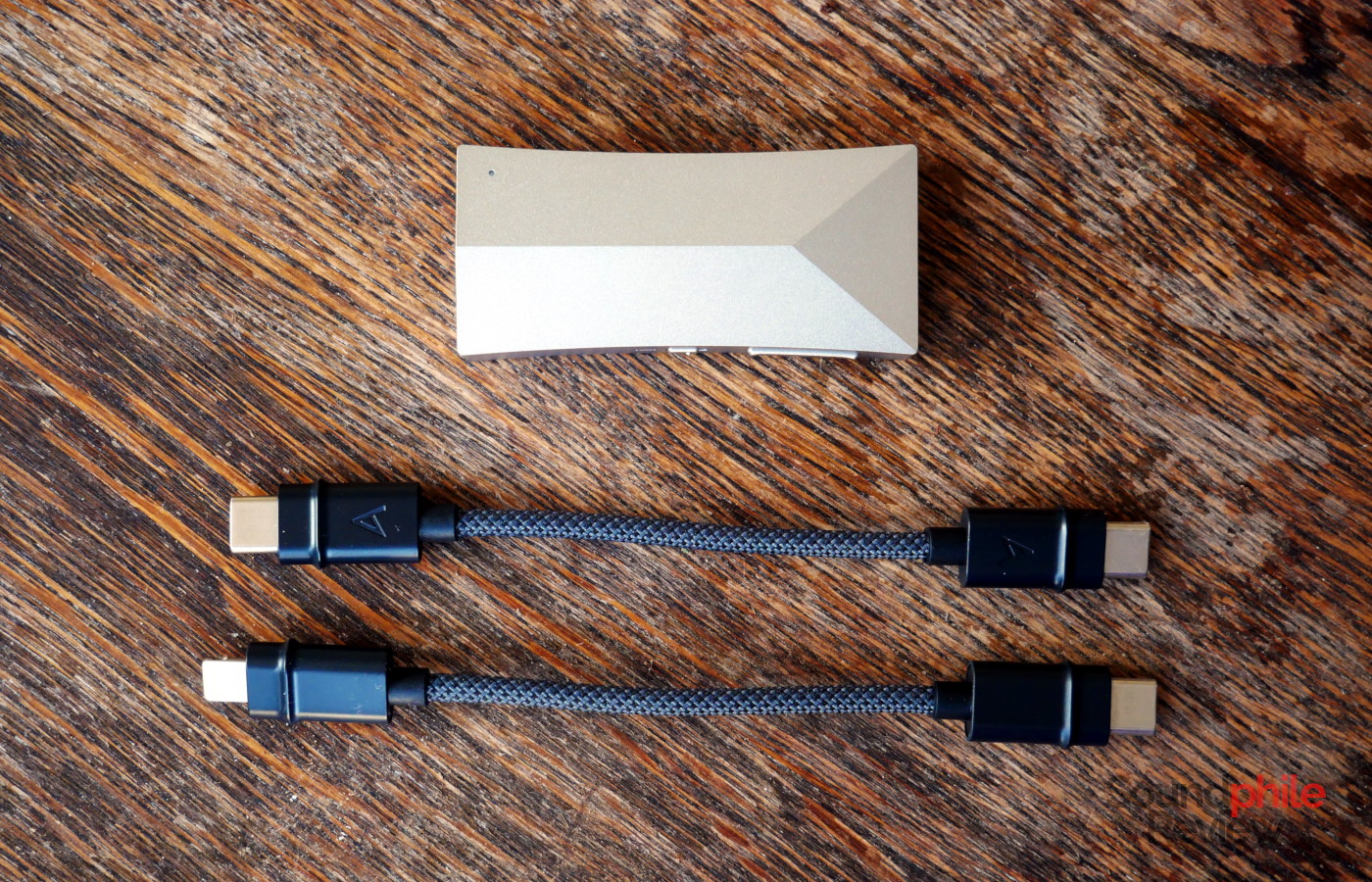
There’s not much to say in this regard: the HC4 comes in a small cardboard box, which contains the device itself, a manual and two cables: one USB-C to USB-C and one USB-C to Lightning. Both cables are about 10 cm in length, have metal housings for the connectors and are covered by a fabric sheathing.
Design & Build
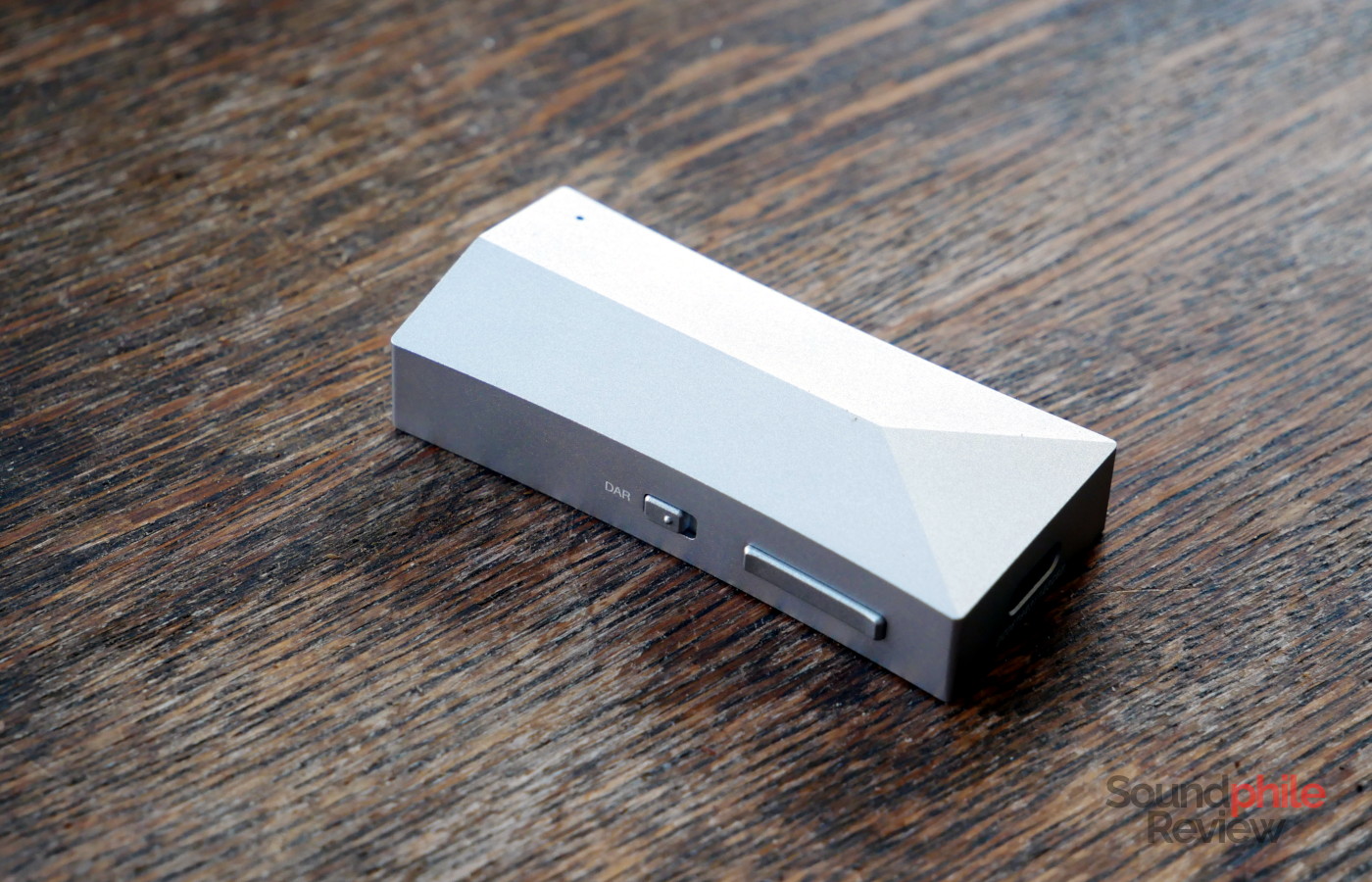
In keeping with Astell&Kern’s tradition, the design of the HC4 is angular and geometric. Contrary to many of their previous products, though, we also find some curves here: the two sides are slightly curved inwards, which makes holding the device slightly easier and surely gives it a unique look. The top is divided in three parts which meet in the middle and resemble a bit flags like Czechia’s, with a triangle on one side and a line departing from its vertex and dividing the rest in two. The device is very small, at 64.5 x 29.5 x 14.5 mm, and fits easily in any pocket with your phone, also thanks to the fact it only weighs 31 g (without the cable).
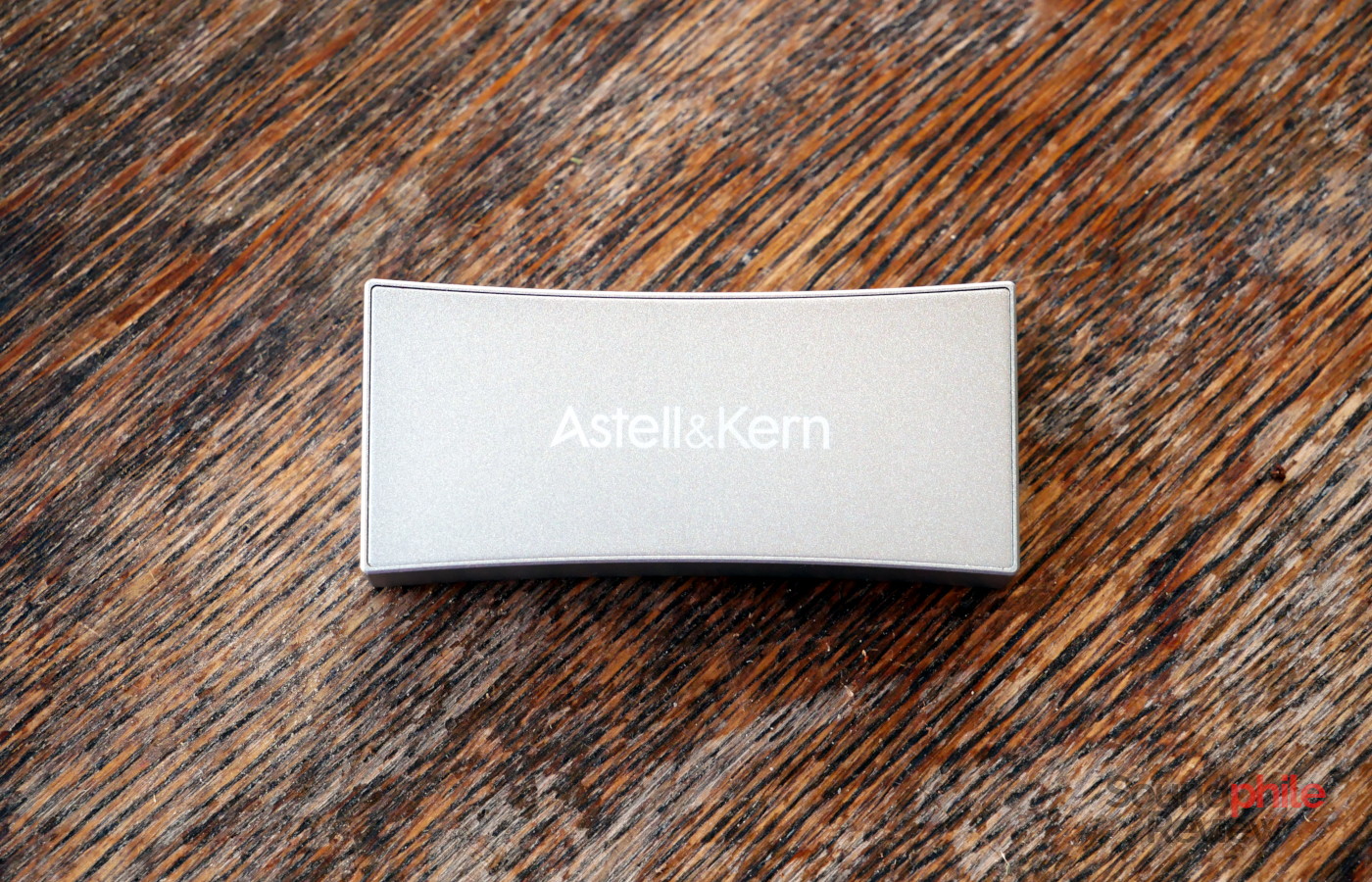
The device is entirely made of aluminium. The top hosts a status LED and is otherwise empty. One small side hosts the USB-C connector, while the other the 3.5 and 4.4 mm jack ports. One long side hosts the volume rocker and a physical switch to enable or disable DAR (more on that later). The bottom has the Astell&Kern logo printed on it in white.
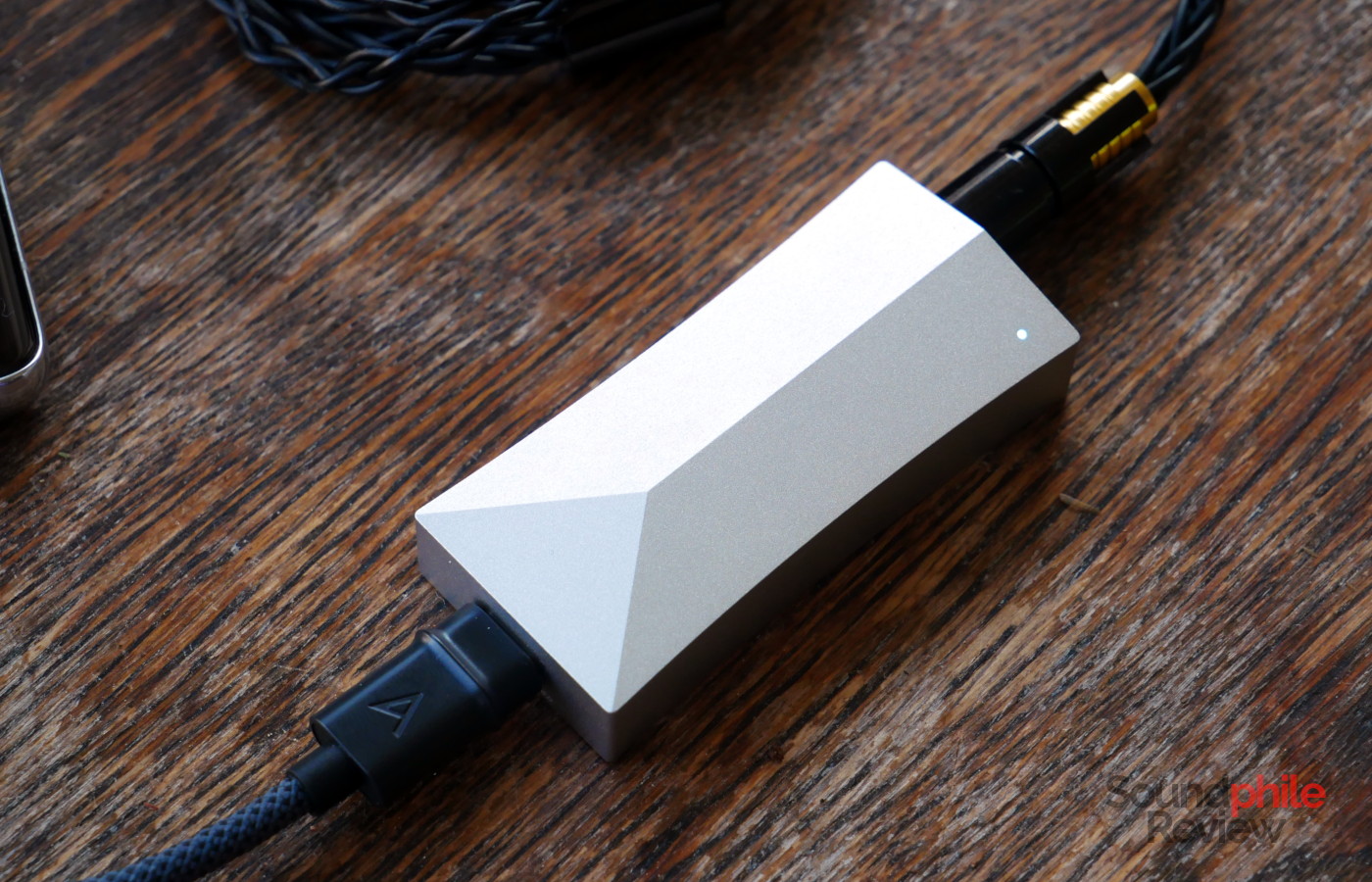
As is tradition at Astell&Kern, the HC4 is superbly crafted and looks and feels like a luxury item. The workmanship on the aluminium is flawless and the HC4 feels very robust.
Features & Specs
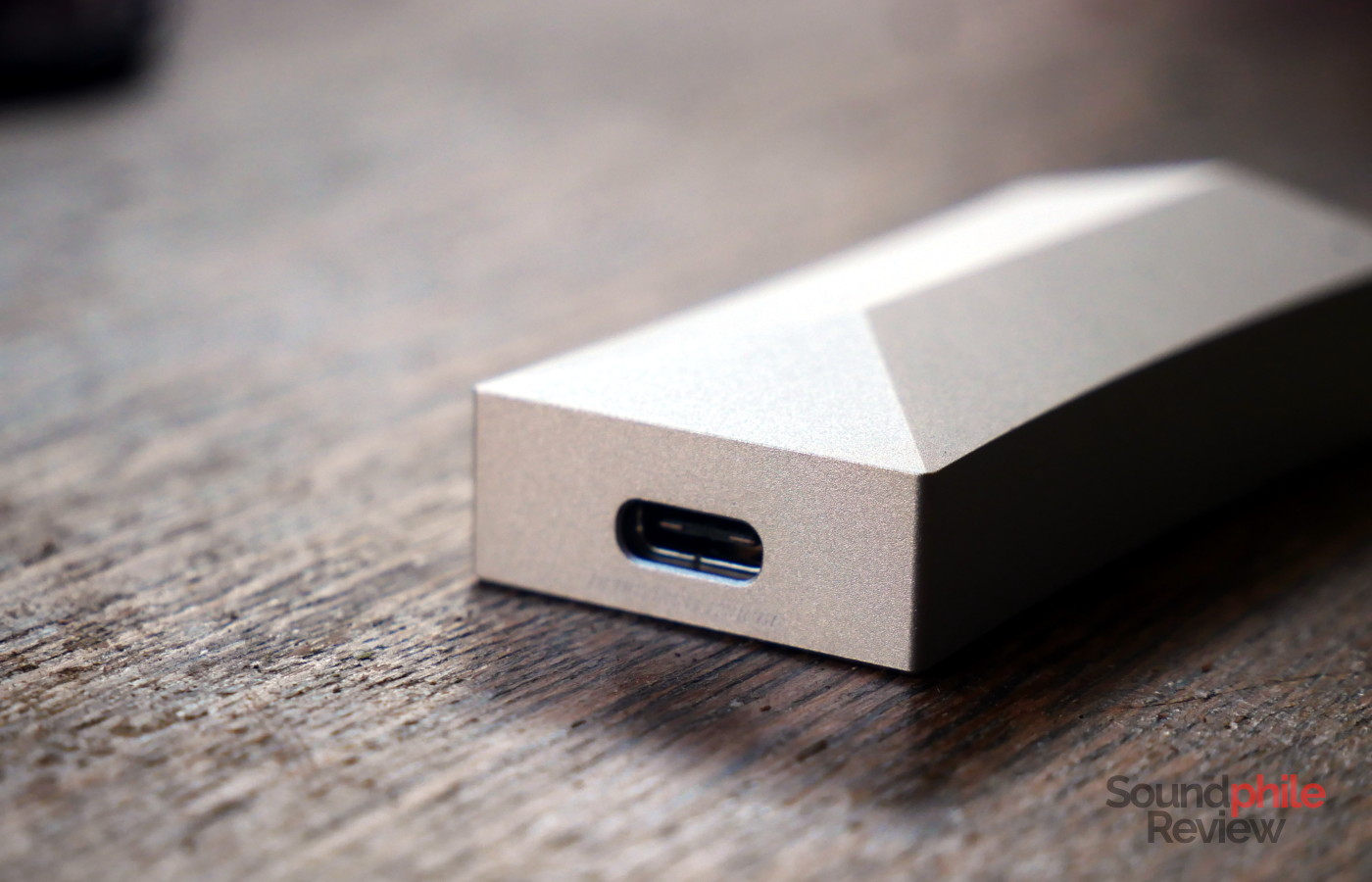
The HC4 supports both USB Audio Class 1.0 and UAC 2.0, so it works with virtually any device with no need for drivers. It is officially supported on both Windows and Macs, and it works perfectly well with Linux, too (and therefore on the Steam Deck) As I recently acquired an iPad Mini (the first-generation one, still stuck on iOS 12!), I can say it works well with iOS as well, on top of Android. You just need to plug it in and it is automatically detected and used by the system to reproduce audio.
Astell&Kern HC4 |
| Input | USB (up to 32 bit / 384 kHz PCM, DSD256) |
| Suitable headphones impedance | N/A |
| Output impedance | N/A |
| Maximum output power | Single-ended output:
Balanced:
|
| Frequency response | 20 – 70,000 Hz (±0.067 dB) |
| THD+N (@1 kHz) | 0.0005% (unbalanced) 0.0009% (balanced) |
| SNR | 118 dB |
| Crosstalk | – 134 dB (unbalanced) -136 dB (balanced) |
A&K says that they paired the AKM AK4493S DAC with their own amplifier, which allows the HC4 to output 3 Vrms on the balanced output – corresponding to 281 mW at 32 Ω, which is nothing to scoff at in this size class. The single-ended output stops at 125 mW at 32 Ω (2 Vrms), which is still significant.
Sound
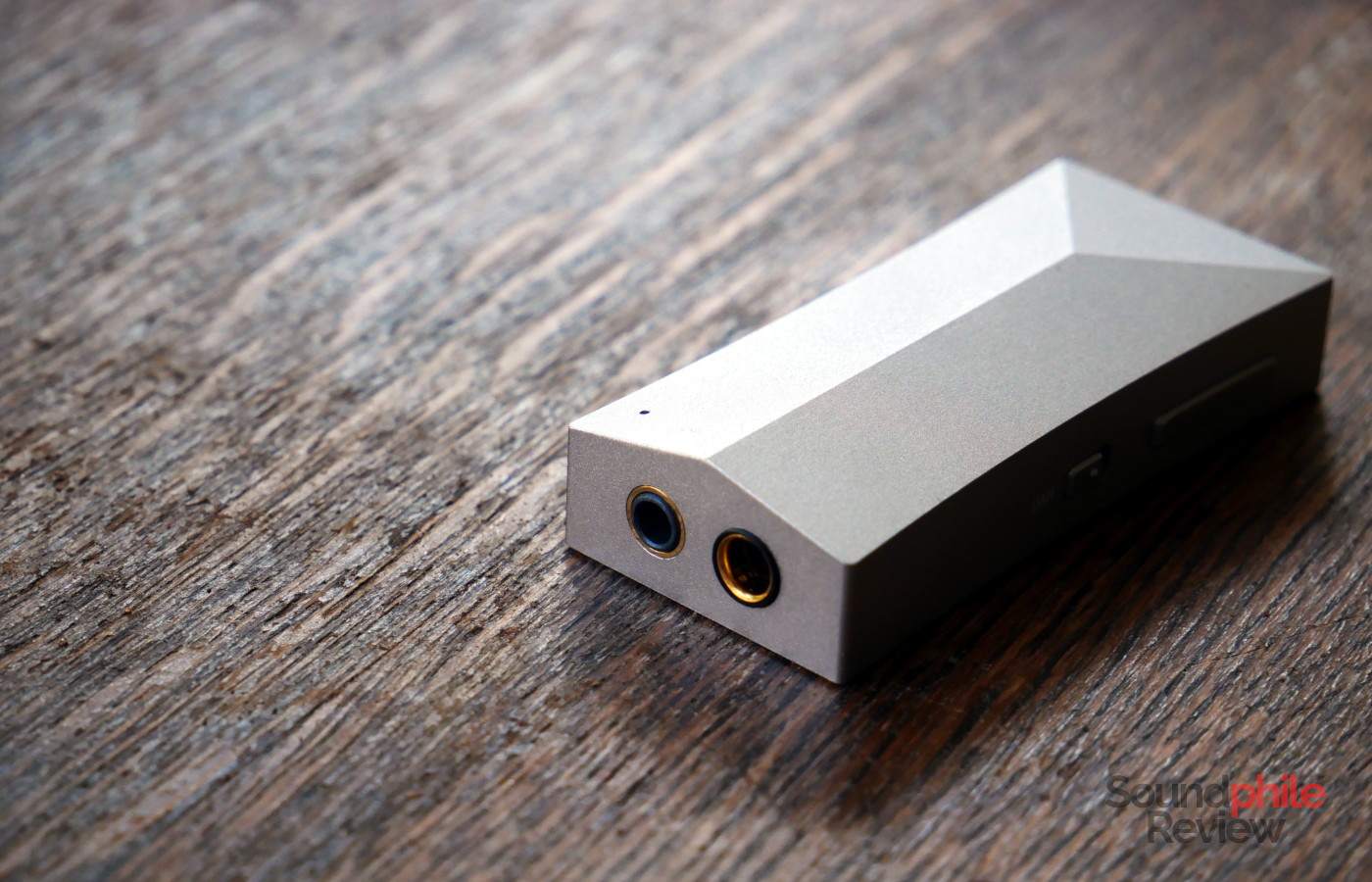
I tested the Astell&Kern HC4 using the I/O Audio VOLARE, the OneOdio Monitor 80 and the Tin HiFi T5S.
The HC4 has enough power to drive even high-impedance headphones to satisfying volume levels and maintaining very good quality. I have tested it with the OneOdio Monitor 80, which are 250 Ω, and found that it could drive them effortlessly, though I did have to increase the volume to about 25% in order for sound to be loud enough. While I would argue that the power output is not enough for high-impedance, low-sensitivity headphones, I would also say that it is more than enough for the vast majority of headphones out there. This is especially true if you can use the balanced output, as it offers more power and is therefore better able to deal with high-impedance and/or low-sensitivity headphones.
Much like every other Astell&Kern product I have tried, the HC4 sounds perfectly neutral, with no colouration to be heard anywhere. Astell&Kern’s implementation of the DAC and its own amplification technology seem to work very well in delivering clean sound with fast transients and a lot of details. This is pretty much everything you can ask for in a dongle DAC like this.
The HC4 features the same “Digital Audio Remaster” technology we found on the top-of-the-line SP3000, which “remasters” the audio by oversampling it and therefore virtually increasing the sampling rate (up to 384 kHz for PCM and DSD256 for DSD). Just like in that case, I cannot hear any differences when the tech is enabled or disabled – which is expected, considering that it is impossible to create more detail than what is present in the source file, at least without involving some sort of creation process, which is however dangerous as it could introduce unwanted effects. The fact that I can’t hear any difference is actually positive, as counter-intuitive as that might seem, because it means that there is no discernible degradation of the signal. Whether it was worth going through the engineering effort of designing this feature only for it not to have a discernible effect is another can of worms though!
Final Thoughts
I very much like the Astell&Kern HC4. It is a very well designed piece of equipment which delivers great sound quality with a minimal footprint. Considering the fact that most phone manufacturers have unfortunately removed 3.5 mm jacks from their products, using a device like the HC4 is now mandatory if you want to use wired headphones with a phone. The price for the HC4 is relatively high for a device of this type, but what you get in return is good power output, high-end specifications and great design and build quality – all hallmarks of Astell&Kern. You can’t go wrong with the HC4.

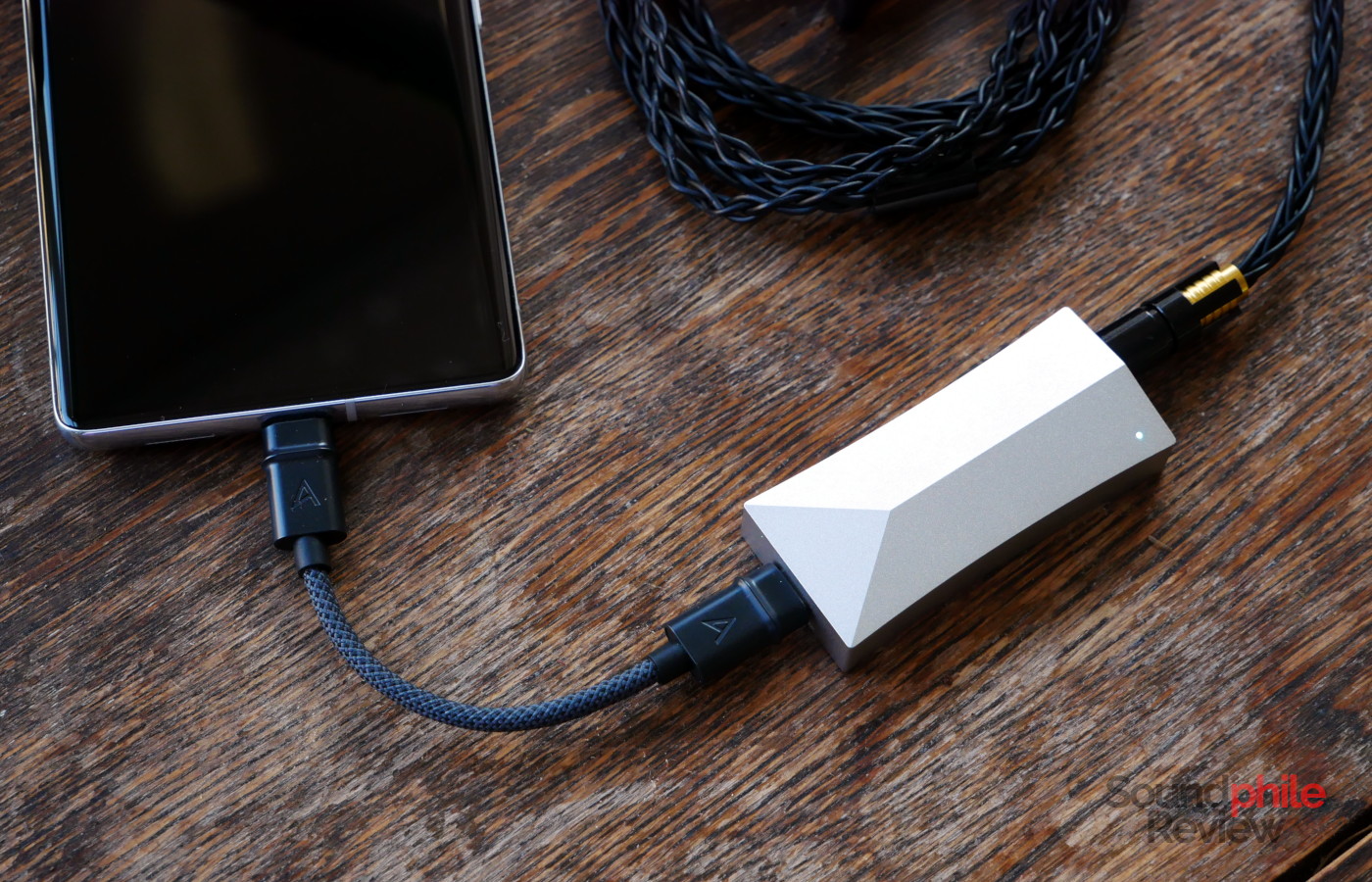


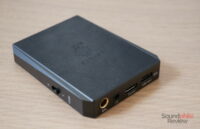
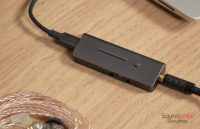
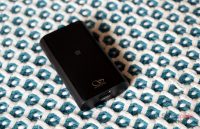


after reading your review I am considering buying the A&K HC4 dac on Black Friday, and was wondering if u could recommend a pair of iems that would compliment the HC4 to go with my OnePlus 8 pro phone.
Hello Noel,
That’s a very broad question! It really depends on your tuning preference as well as your budget.